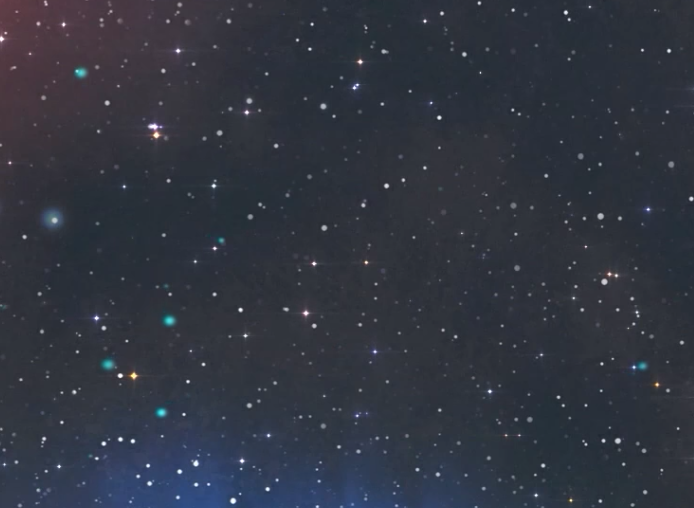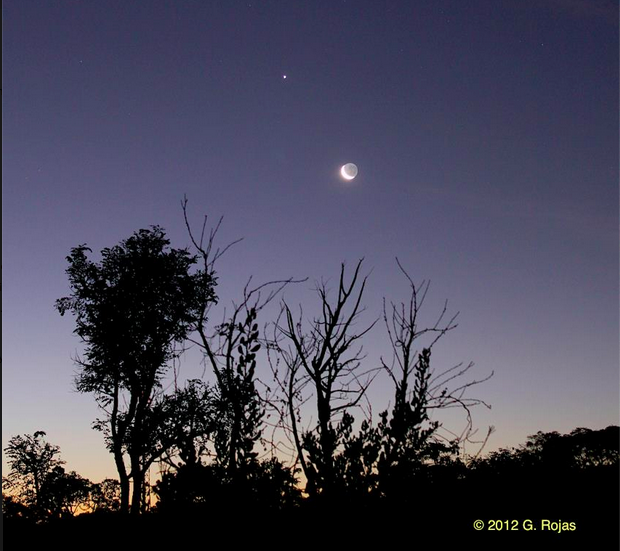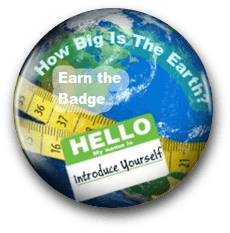Projects for the 2020-2021 School Year

Presented: August 26 23:00 UTC – August 27 04:00 UTC or. August 26, 18:00 CDT
100 Hours for 100 Schools is an on-going collaborative program between Global Hands-On Universe (GHOU) and Las Cumbres Observatory (LCO). This program delivers unique activities in astronomy to teachers and students all over the world, with 100 teachers from at least 50 countries being selected. Each participating teacher uses LCO remote telescopes for students to image deep sky objects for use in their classrooms with their students. Students post results in a project Padlet for others participants to review and discuss.

Part of our China Exchange, The Moon Over Us: Moon Phases and Faces is where students learn about moon phases and faces. They learn how the moon looks when viewed from the Northern and Southern Hemispheres. In the project, students and teachers from around the world share and discuss their poetry, stories, drawings, images and videos of the moon's different looks by commenting on each other's web pages.
Students read Every Soul a Star to learn about a Solar Eclipse. Book is written in English.
- Teacher: Gayle Greenwald
- Teacher: Janine Jenkins
Part of our China Exchange, The Moon Over Us: Moon Faces is where students learn about moon faces. They learn how the moon looks when viewed from the Northern and Southern Hemispheres. In the project, students and teachers from around the world share and discuss their poetry, stories, drawings, images and videos of the moon's different looks by commenting on each other's web pages.
This project is funded by International Astronomical Union (IAU) is the the Office of Astronomy for Development (OAD) in partnership with the South African National Research Foundation.)
Using only the sunlight striking the Earth and a wooden dowel, students can measure the circumference of the
earth. Eratosthenes did it over 2,000 years ago. In Cosmos, Carl Sagan shared the process by which
Eratosthenes measured the angle of the shadow cast at local noon when sunlight strikes a stick positioned
perpendicular to the ground. By comparing his measurement to another made a distance away, Eratosthenes
was able to calculate the circumference of the earth.
This project meets standards for Math, Science, Reading and Geography.
Students receive buttons for each activity.

- Teacher: Theresa Allen
- Teacher: Pia Avolio de Martino Avolio de Martino
- Teacher: Felipe Carasso
- Teacher: Joyce Fisher
- Teacher: Hongfeng Guo
- Teacher: Hongfeng Guo
- Teacher: Stellan Kinberg
- Teacher: Linda Smentek
- Teacher: Bonnie Thurber
- Teacher: Ramasamy Venugopal

The Moon Over Us: Moon Phases is where students learn more about the moon phases and their effect on Earth. In the project, students and teachers from around the world share information, history, stories, images, drawings and video about the moon phases and discuss this information by commenting on each other's web pages.
- Teacher: Hongfeng Guo
- Teacher: Hongfeng Guo